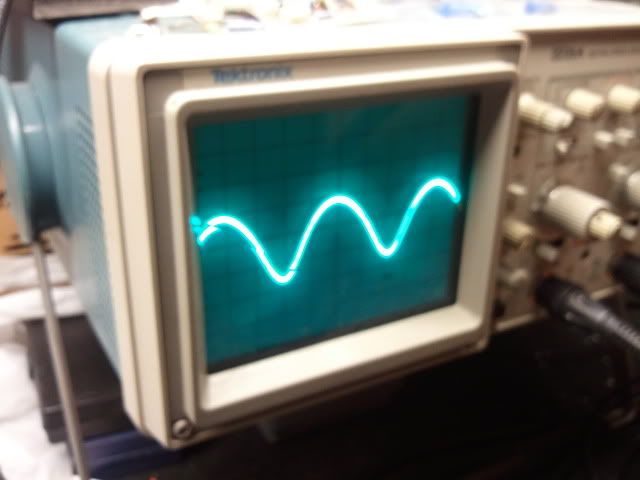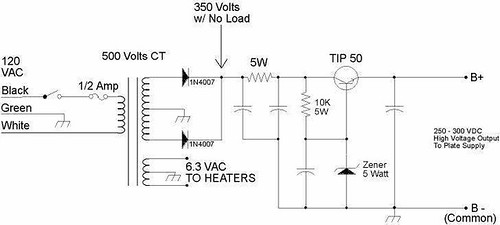dustbro
Well-known member
Hey Guys,
Finally finished building a MILA-1. This thing sounds amazing! Huge! I did a quick layout in PCB Artist (sorry P2P guys ) and threw it into a little hammond box.
) and threw it into a little hammond box.
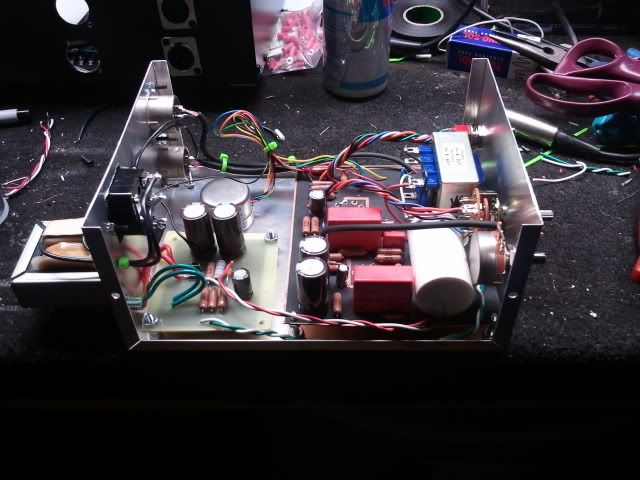
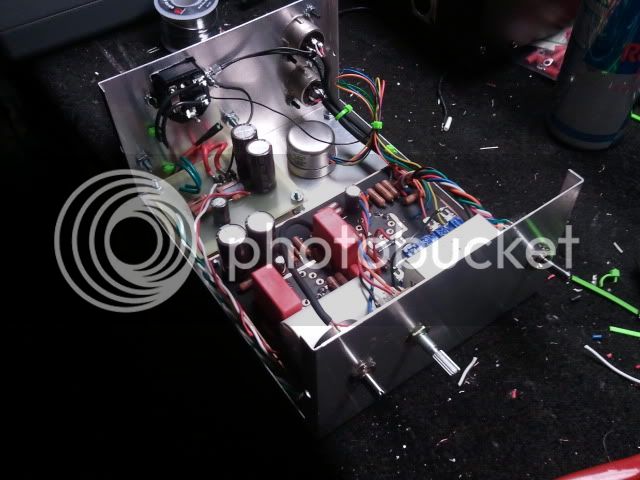
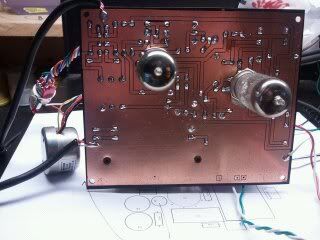
I noticed with my initial tests that I could see (but not hear) a bunch of ticks in my audio. I took it into the shop and checked it out with the scope, and this is what I saw.
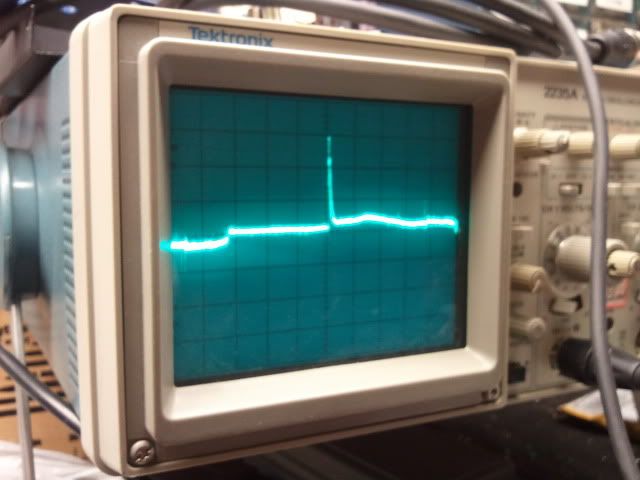
Seems to start happening right around the junction of R9/R10. At that point I can see little tiny ticks on the scope. By the time I hit C6 it's a full blown spike. Also, turning up VR1 makes them disappear.
Does anyone know what could be causing this? Power supply? bad grounding?
Here's the schematic I was working from
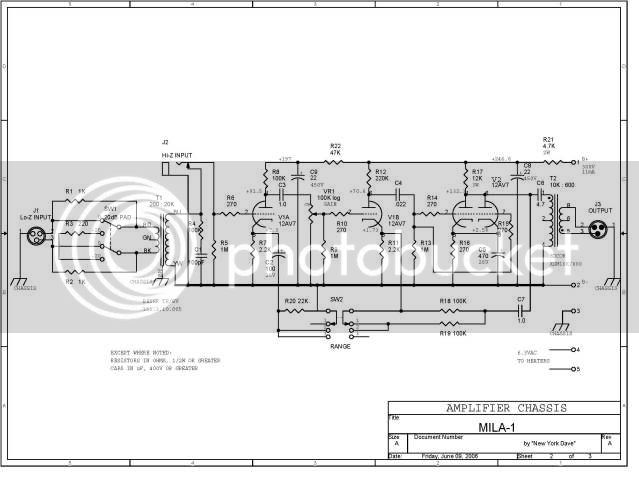
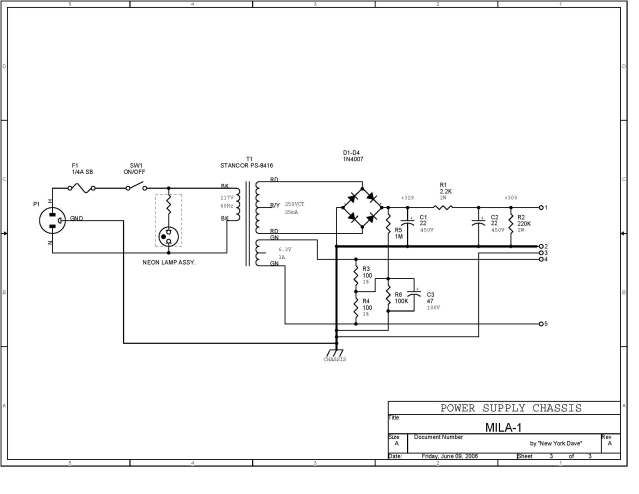
Thanks in advance!
Dan
Finally finished building a MILA-1. This thing sounds amazing! Huge! I did a quick layout in PCB Artist (sorry P2P guys



I noticed with my initial tests that I could see (but not hear) a bunch of ticks in my audio. I took it into the shop and checked it out with the scope, and this is what I saw.

Seems to start happening right around the junction of R9/R10. At that point I can see little tiny ticks on the scope. By the time I hit C6 it's a full blown spike. Also, turning up VR1 makes them disappear.
Does anyone know what could be causing this? Power supply? bad grounding?
Here's the schematic I was working from


Thanks in advance!
Dan



